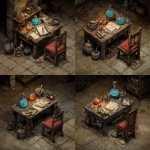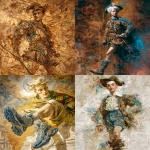Explore the Best AI Image Gallery
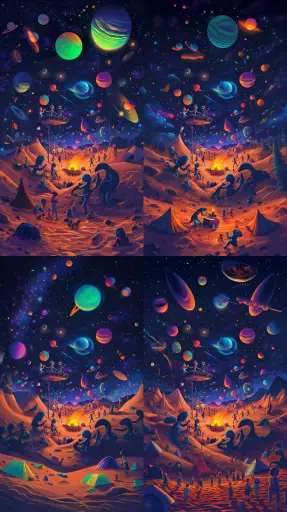
Painted Pixels: AI Image Generation and the Art World
The world of art is undergoing a seismic shift, driven by the emergence of artificial intelligence (AI) capable of generating stunningly realistic and imaginative images. This technology, powered by complex algorithms and vast datasets of existing artwork, has ignited both excitement and controversy within the creative community.
While some hail AI image generation as a revolutionary tool that democratizes art creation, others express concern about its potential to devalue human creativity and exacerbate existing inequalities in the art world.
The Creative Canvas Unleashed
One of the most compelling aspects of AI image generation is its accessibility. Tools like DALL-E 2, Stable Diffusion, and Midjourney empower individuals with little to no artistic training to produce professional-quality artwork simply by providing text prompts. This opens up a world of possibilities for self-expression, allowing anyone to visualize their ideas and share them with the world.
Moreover, AI can augment the creative process for experienced artists. It can help generate initial sketches, explore different color palettes, or even create unique textures and patterns, freeing up artists to focus on the conceptual and emotional aspects of their work.
Potential Applications: Beyond the Canvas
The impact of AI image generation extends far beyond traditional fine art. Its applications span a wide range of industries:
- Advertising and Marketing: Generate eye-catching visuals for campaigns, personalize content, and create immersive brand experiences.
- Gaming and Entertainment: Develop realistic characters, environments, and assets for games, films, and other interactive media.
- Design and Architecture: Explore innovative design concepts, visualize 3D models, and create compelling presentations.
- Education and Research: Aid in the teaching of art history, facilitate scientific visualization, and explore creative solutions to complex problems.
Ethical Considerations: Navigating Uncharted Territory
While the potential benefits of AI image generation are immense, it is crucial to address the ethical challenges that accompany this technology:
- Copyright and Ownership: Who owns the copyright to AI-generated artwork? How do we establish clear guidelines for ownership and intellectual property rights?
- Bias and Representation: AI algorithms are trained on existing datasets, which can reflect societal biases. It is essential to ensure that AI image generation does not perpetuate harmful stereotypes or discriminate against certain groups.
- Job Displacement: The automation of creative tasks raises concerns about potential job losses in the art and design industries. It is important to consider strategies for reskilling and adapting to the changing landscape of work.
The Future of Creativity: A Collaborative Journey
AI image generation is poised to become an integral part of the creative process, but it should not replace human artistry. Instead, we envision a future where AI serves as a powerful tool that empowers and augments human creativity. By embracing collaboration between humans and machines, we can unlock new possibilities and push the boundaries of artistic expression.
As this technology evolves, it is essential to engage in ongoing dialogue and establish ethical guidelines that ensure responsible development and deployment. Ultimately, the goal should be to harness the power of AI to foster a more inclusive, diverse, and innovative creative landscape for all.




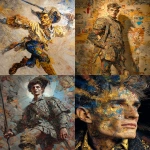
](https://images.ai-img.art/thumbnails/150/8c3bd422d50d35735d8fb33bd314a79e30e5b150129d5d09bdad822a2007593f.webp)
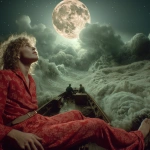
](https://images.ai-img.art/thumbnails/150/1614d64dd7156c95db952258978be809eb3db8cea4453fec69c49cbdfe63fa94.webp)
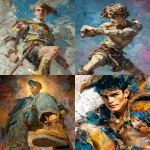
](https://images.ai-img.art/thumbnails/150/3a60737a5b67fa252207ad1ae6db245a26284f53fb5846996bb34515b39ff269.webp)
